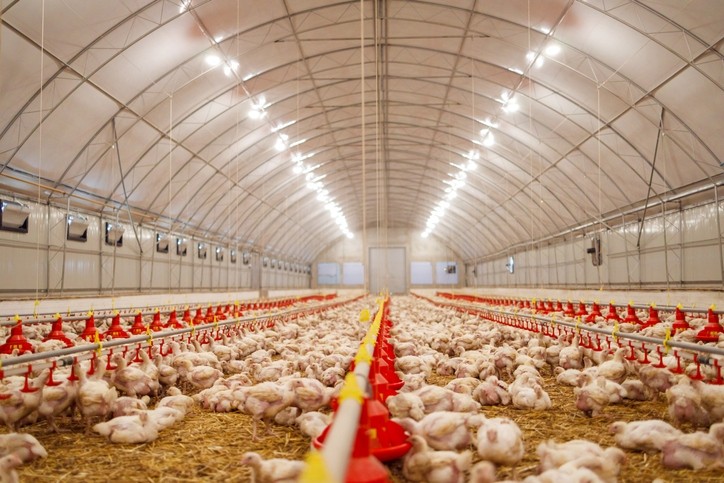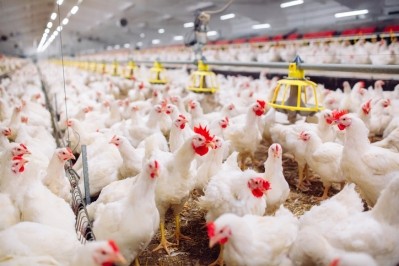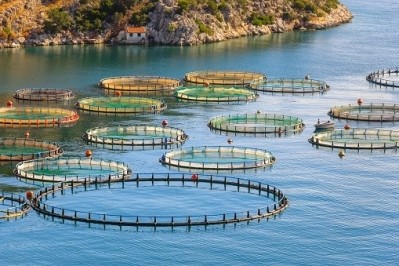A system stacked against antibiotic-free poultry production

Last summer, six years after its transition to a No Antibiotics Ever (NAE) policy, chicken processing giant Tyson Foods announced that it was reintroducing some antibiotics into its chicken supply. The news that American fast food chain Chick-fil-A would be shifting from NAE to No Antibiotics Important to Human Medicine (NAIHM) followed this spring. The company said in a statement that this decision had been taken “to maintain supply of the high-quality chicken you expect from us.”
These policy reversals on the use of antibiotics in poultry production clearly represent a blow to the antibiotic resistance lobby. However, they have also served to highlight some of the challenges around antibiotic-free production.
Reasons for reversal
“I think there are several factors that are contributing to companies reconsidering their NAE pledges, in particular, increased production costs and higher disease rates amongst flocks without antibiotics,” Dr Darin Detwiler, associate teaching professor at Northeastern University, told FeedNavigator.
“An NAE pledge requires more stringent biosecurity measures, better housing conditions and higher quality feed to maintain bird health. Controlling bacterial infections becomes more difficult and can result in higher mortality rates and lower overall productivity. All of these things add up to higher operational expenses.”
He pointed out that ironically, it is cheaper and easier to give antibiotics routinely to entire flocks than to remove and treat sick animals with antibiotics when necessary - as is Purdue’s policy.
Drawing an analogy with allergen reporting in the food industry he said: “In the US, sesame has just been added to the list of reportable allergens. In the same way that it is cheaper to put sesames in everything than to meet all the requirements in terms of testing and traceability, it’s a lot easier to give antibiotics to every animal.”
To address this situation, Dr Detwiler said that more “comprehensive strategies” are needed.
“It requires more advanced animal husbandry practices and biosecurity, as well as more collaboration between stakeholders, researchers and even policy makers to make it happen,” he said.
Growth at all costs
Market forces also have a hand in whether antibiotic-free production is viable, and Dr Detwiler said that for investor-owned companies, pressure to increase profit margins is pushing them above the affordability threshold at a time when input costs are also high.
“Here’s the thing; it’s not that the supply doesn’t exist. It’s that the supply doesn’t exist at the cost that companies are willing to pay for it. And that’s not just because of the higher costs of NAE production and that there is a limit on how much consumers are willing to spend. Fewer and fewer companies are privately owned, and it is a fact that shareholders are looking for ever larger profit margins.”
Both Tyson Foods and Chick-fil-A have adopted a NAIHM stance - a ‘compromise’ pledge that allows the use of antibiotics as long as they are not used to treat human illnesses. They go further than Sanderson Farms’ promise that it “does not intend to use antibiotics important to human medicine for disease prevention but will only use such antibiotics for disease treatment.”
NAIHM: ‘Vague and ambiguous’
However, Dr Detweiler criticized this for its ambiguity, again using an analogy from everyday life.
“You ask your kids: did you leave a mess in the bathroom? If they say no, that’s clear, but if they say there is some mess in the bathroom, you don’t know what you’re going to expect when you walk into that bathroom. It’s the same with antibiotics. When you have no antibiotics ever, you know where you are. But ‘important to human medicine’ - what does this mean? Who determines what is or what is not important to human medicine? I have yet to find out what exactly those antibiotics are and what the human diseases are to which they refer.”
For this reason, he predicted that it will be difficult to get consumers on board with the NAIHM message.
“It is going to be a harder message for consumers to swallow. It’s vague, and there are just so many holes to pick in it,” he said.
His take on NAIHM is that it is purely an attempt by the industry to increase the reliable supply of chicken whilst balancing costs and demand.
“It always goes back to operational costs and production demand,” he said.










